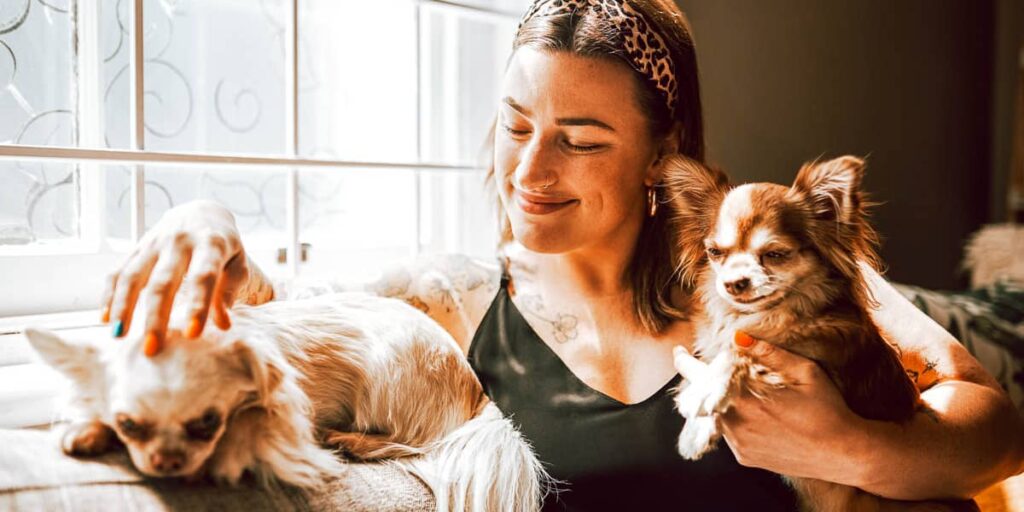Divorce reshapes every part of life, including pet ownership. You might face challenges deciding how to care for your furry friend. You’re not alone. Many people navigate this path and discover effective ways to do it. Pets offer comfort and stability during tough times. They need a stable and loving environment to thrive. Establishing a new routine helps your pet adjust. Consistent feeding, walking, and playtime ease the transition. You must prioritize their needs. Reevaluate living arrangements to ensure your pet has enough space. Consider how work schedules affect their care. The Peck Law Firm suggests open communication with your ex-partner about pet responsibilities. This ensures your pet remains cared for and loved. This guide will help you focus on your pet’s well-being after a divorce. You’ll find useful tips and insights to support both you and your pet as you move forward.
Create a Safe Environment
Your pet’s surroundings impact their well-being. After a divorce, assess if your new home is pet-friendly. Ensure safety by removing hazards. Provide access to their favorite spots. Make sure they have comfortable spaces to rest. Assess the home’s layout and ensure your pet has room to move. If you have a yard, check its security. Fencing is crucial for dogs. Cats need safe indoor environments.
Maintain Routines
Routines provide comfort to pets. Stick to established routines for feeding, walking, and play. Consistency in these activities helps pets cope with changes. When possible, mimic the schedule they had before. This reduces stress and promotes stability.
Shared Custody of Pets
Shared pet custody requires cooperation. Decide how to split responsibilities with your ex-partner. If both parties want to be involved, establish a schedule. Consider your pet’s preferences and needs. Dogs are social creatures; transitions might be stressful. Cats may prefer one environment. The ASPCA offers guidance on pet behavior and needs.
Cost of Pet Ownership
Pet care involves expenses. Budget accordingly for food, vet visits, grooming, and supplies. Discuss financial responsibilities with your ex-partner if sharing custody. Below is a simple table outlining average monthly costs:
| Expense | Average Monthly Cost (USD) |
| Food | 40 |
| Veterinary Care | 50 |
| Grooming | 30 |
| Supplies | 20 |
These costs vary based on your pet’s size, breed, and health needs. Planning reduces financial stress and ensures continuous care for your pet.
Emotional Support for Pets
Divorce affects pets emotionally. They sense changes in their environment. Offer extra affection and attention during this period. Spend quality time with your pet. Engage in activities they enjoy. This strengthens your bond and provides reassurance.
Professional Help
If your pet struggles to adjust, seek professional help. Animal behaviorists and trainers provide support. They help address behavioral issues related to stress or anxiety. Your vet can recommend qualified professionals.
Legal Considerations
Pets are considered property in legal terms. Ownership decisions follow property laws. Consider drafting a pet custody agreement. This outlines responsibilities and ensures your pet’s needs are met. Consult with professionals familiar with pet custody laws.
Conclusion
Navigating pet ownership after divorce requires adjustments. Focus on creating a stable and loving environment. Communicate with your ex-partner about responsibilities. Budget for pet expenses and maintain routines. Give your pet emotional support and seek professional help if needed. Considering these aspects ensures your pet continues to thrive. You both move forward confidently and compassionately.
Welcome to our blog! My name is Yuvraj Kore, and I am a blogger who has been exploring the world of blogging since 2017. It all started back in 2014 when I attended a digital marketing program at college and learned about the intriguing world of blogging.


